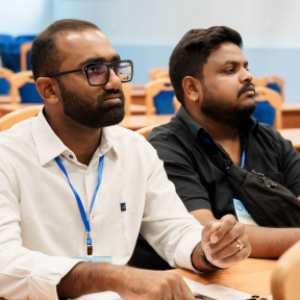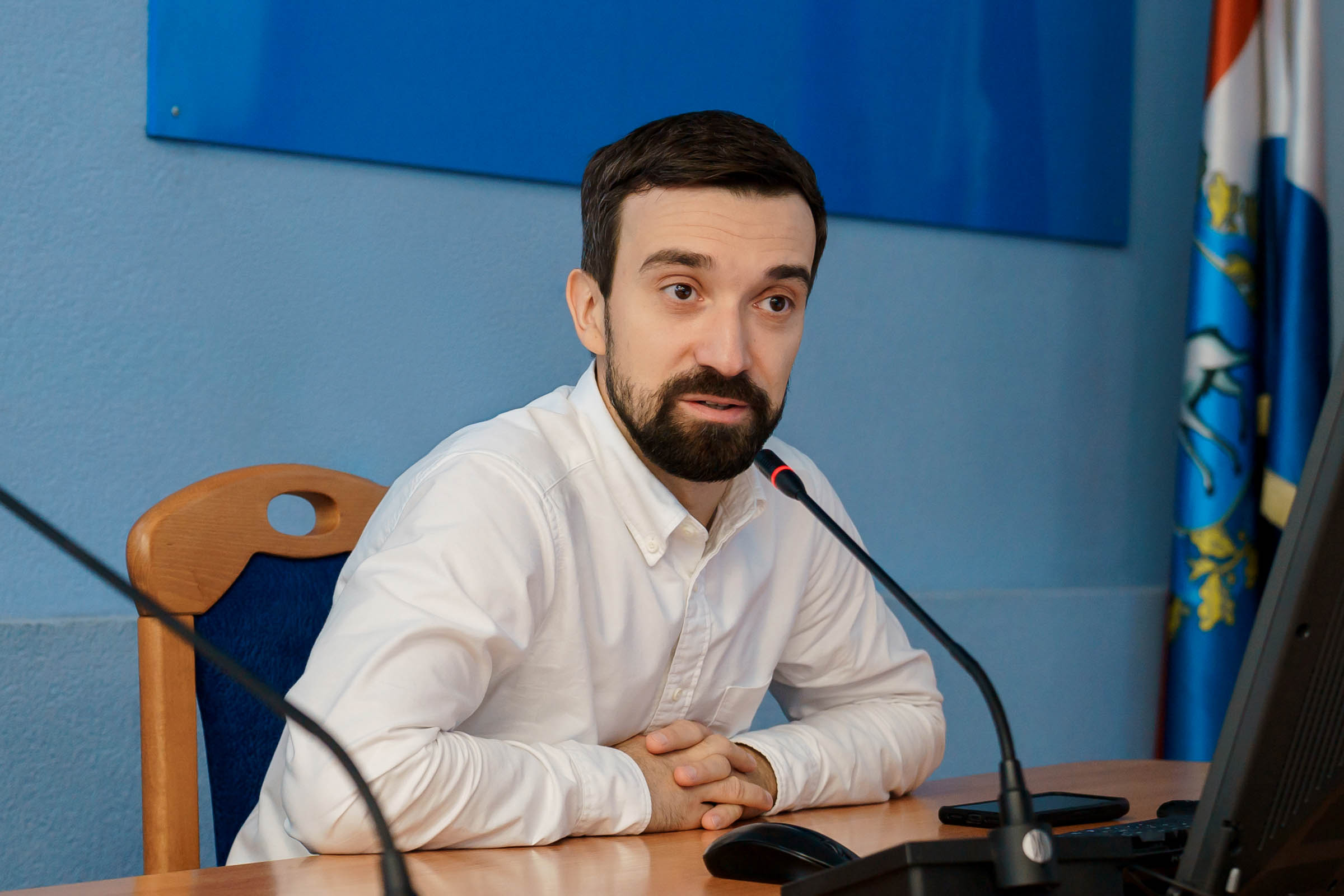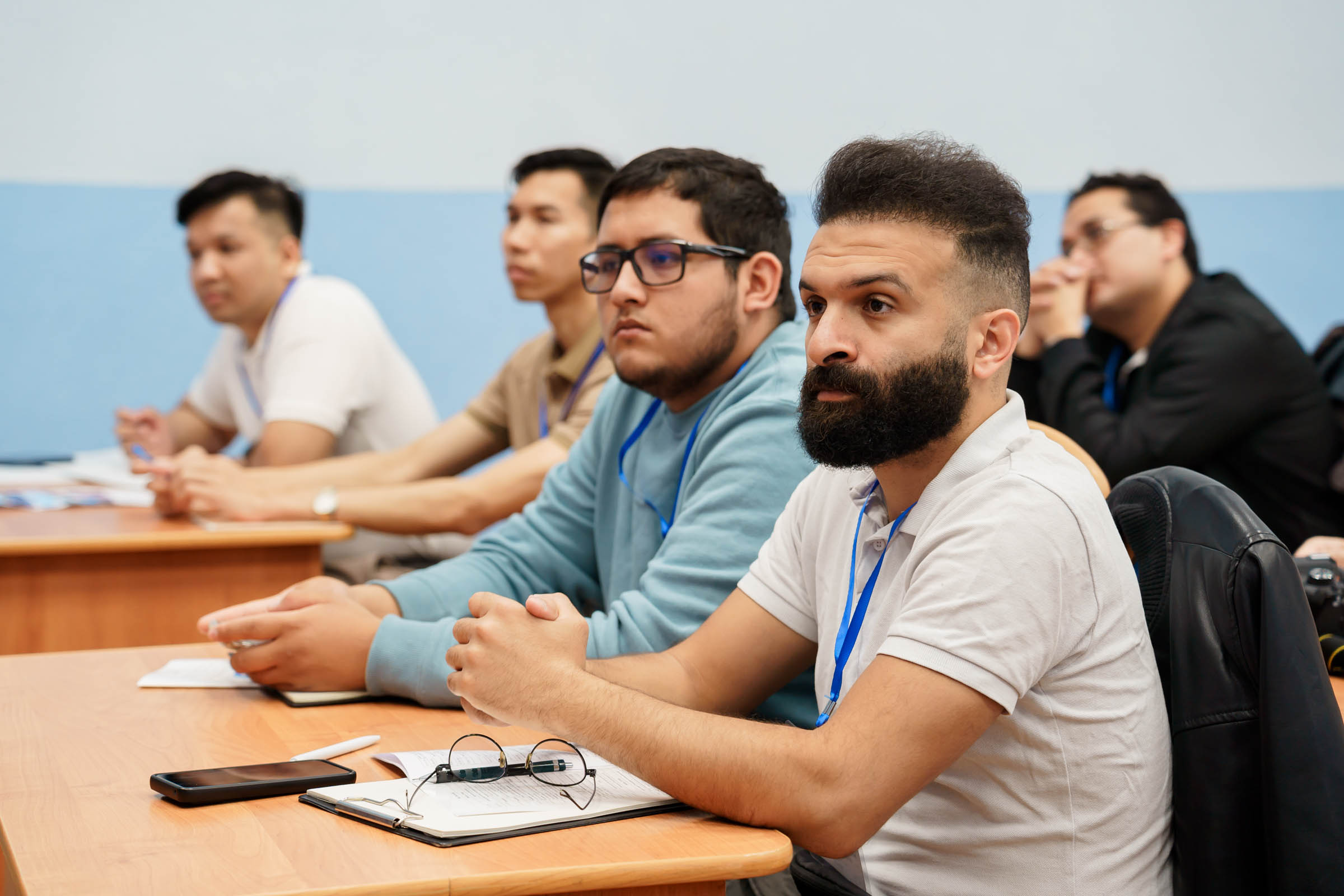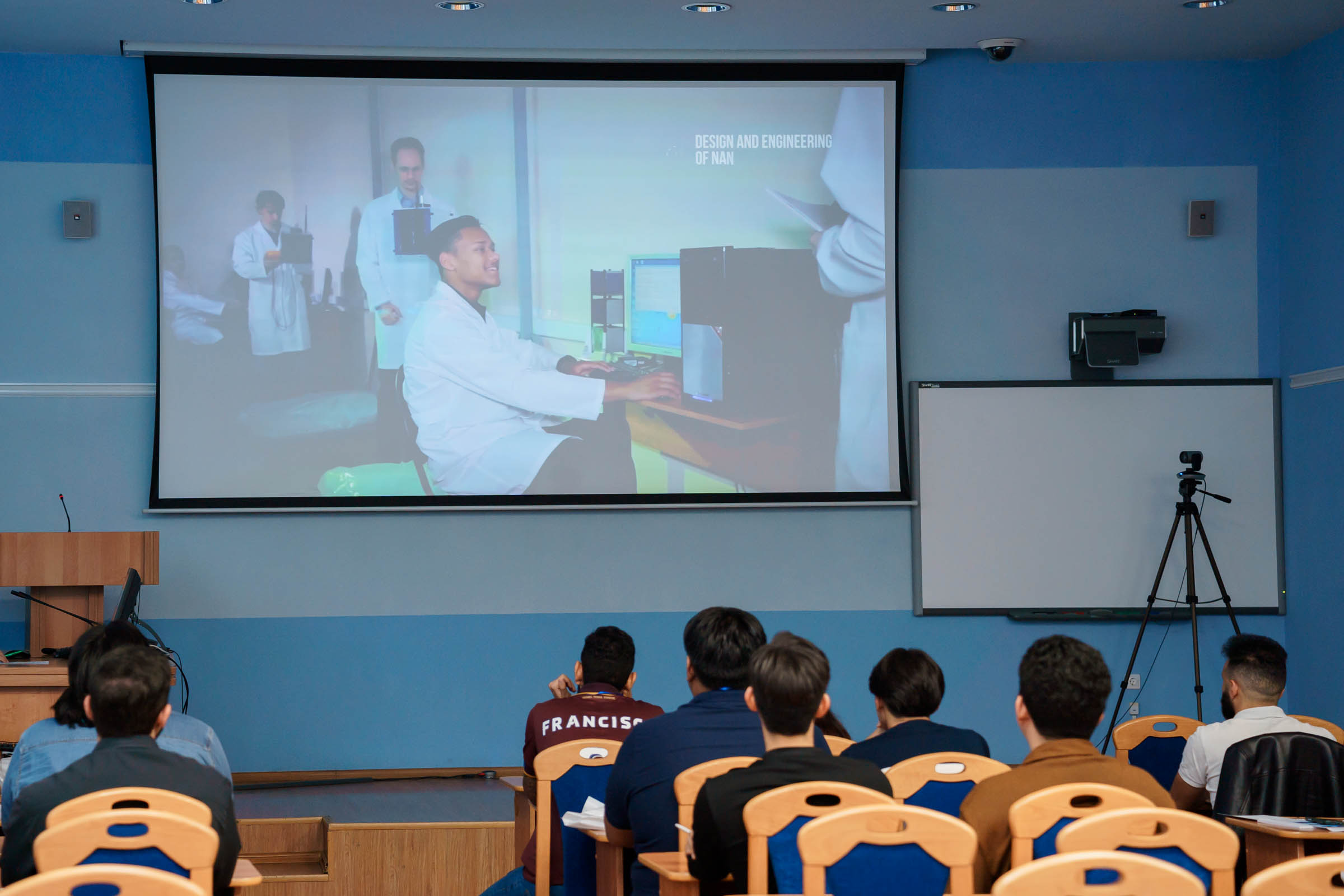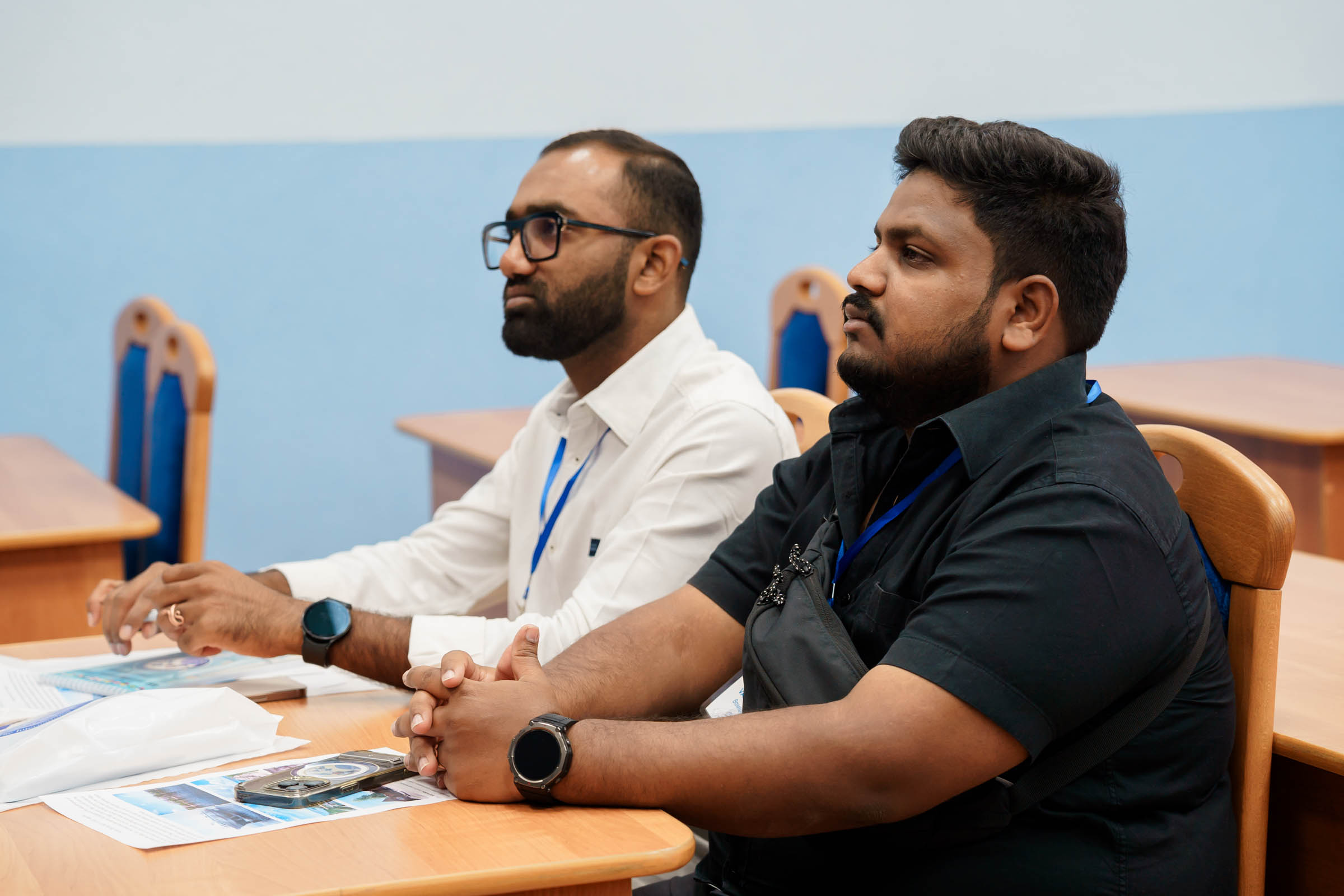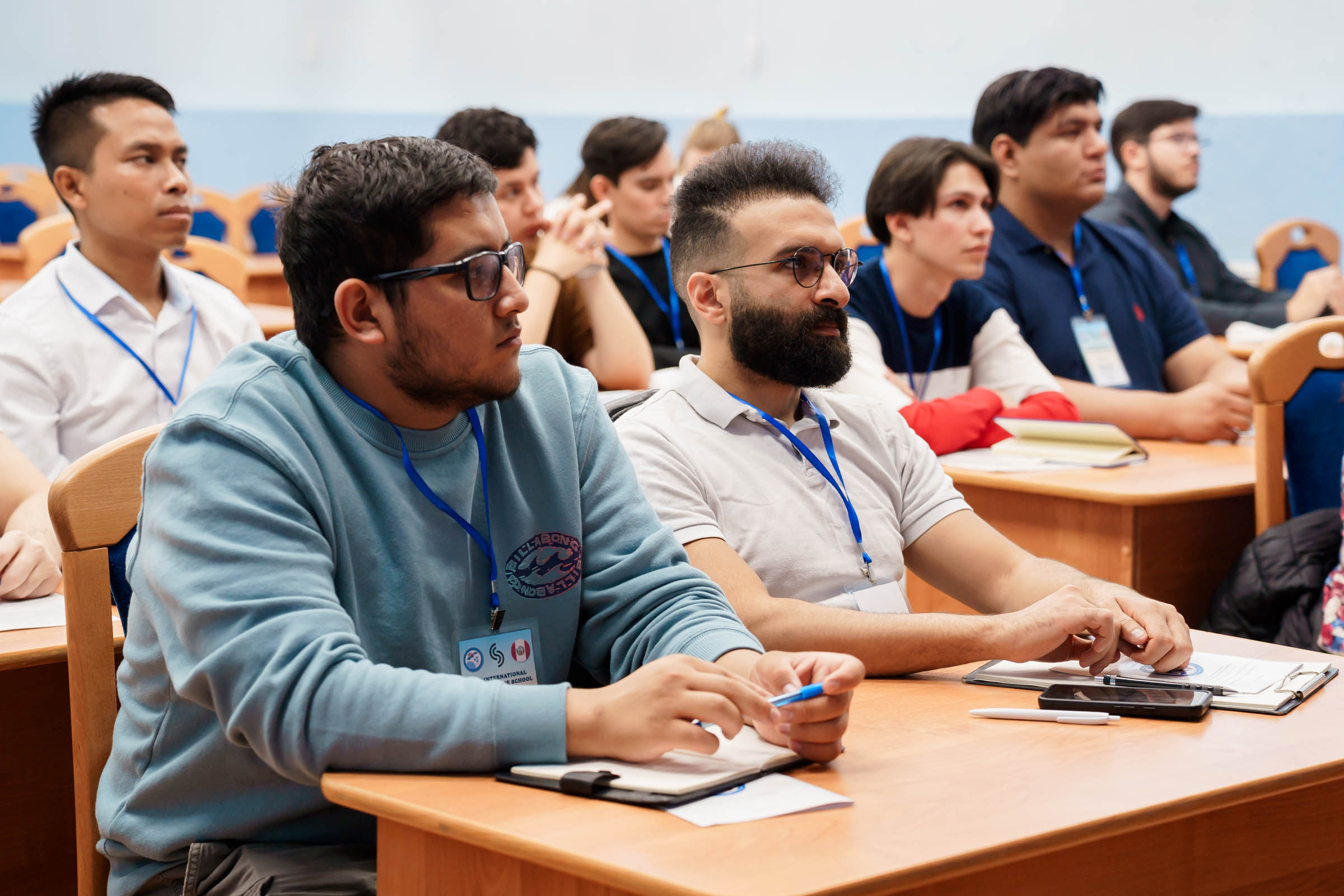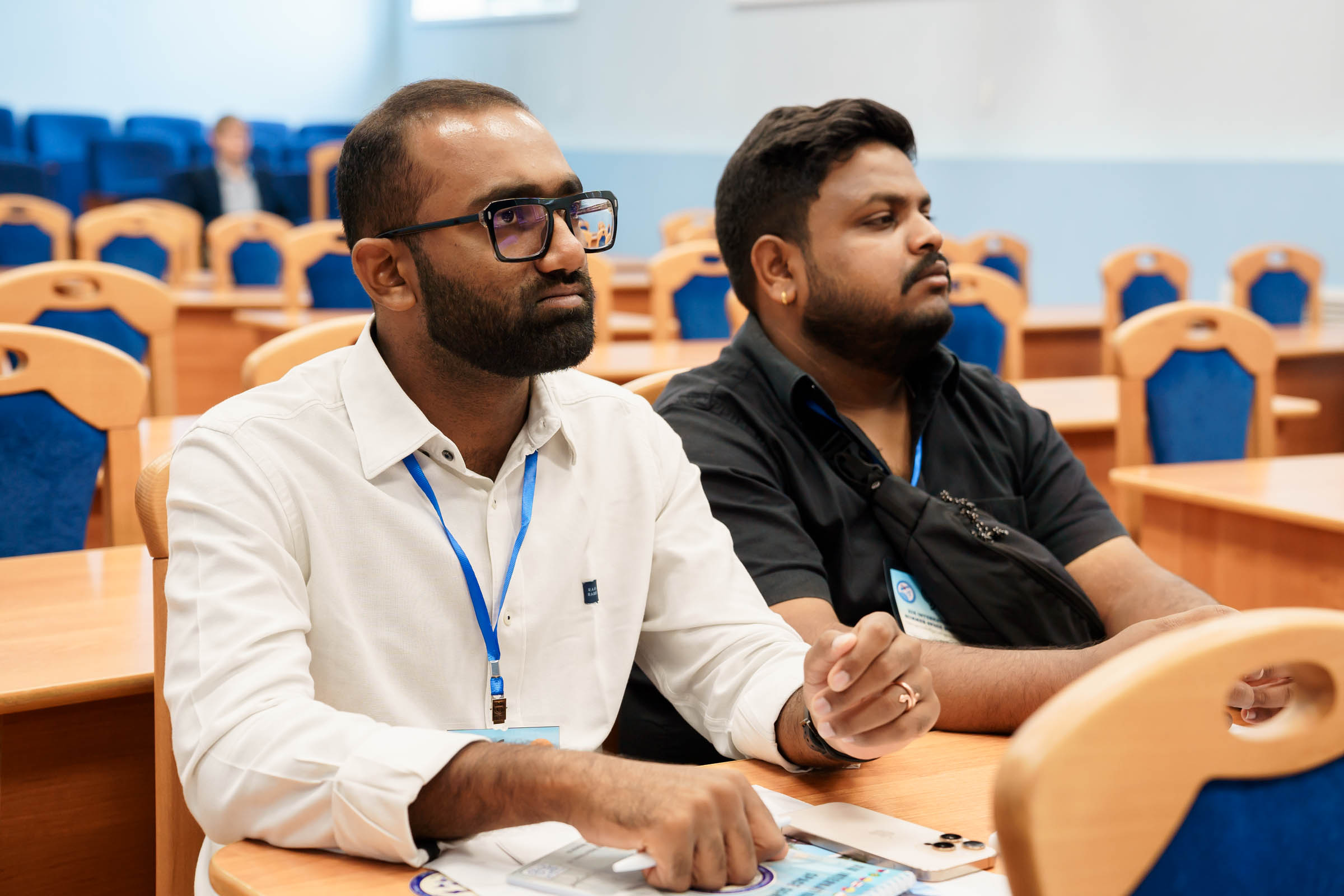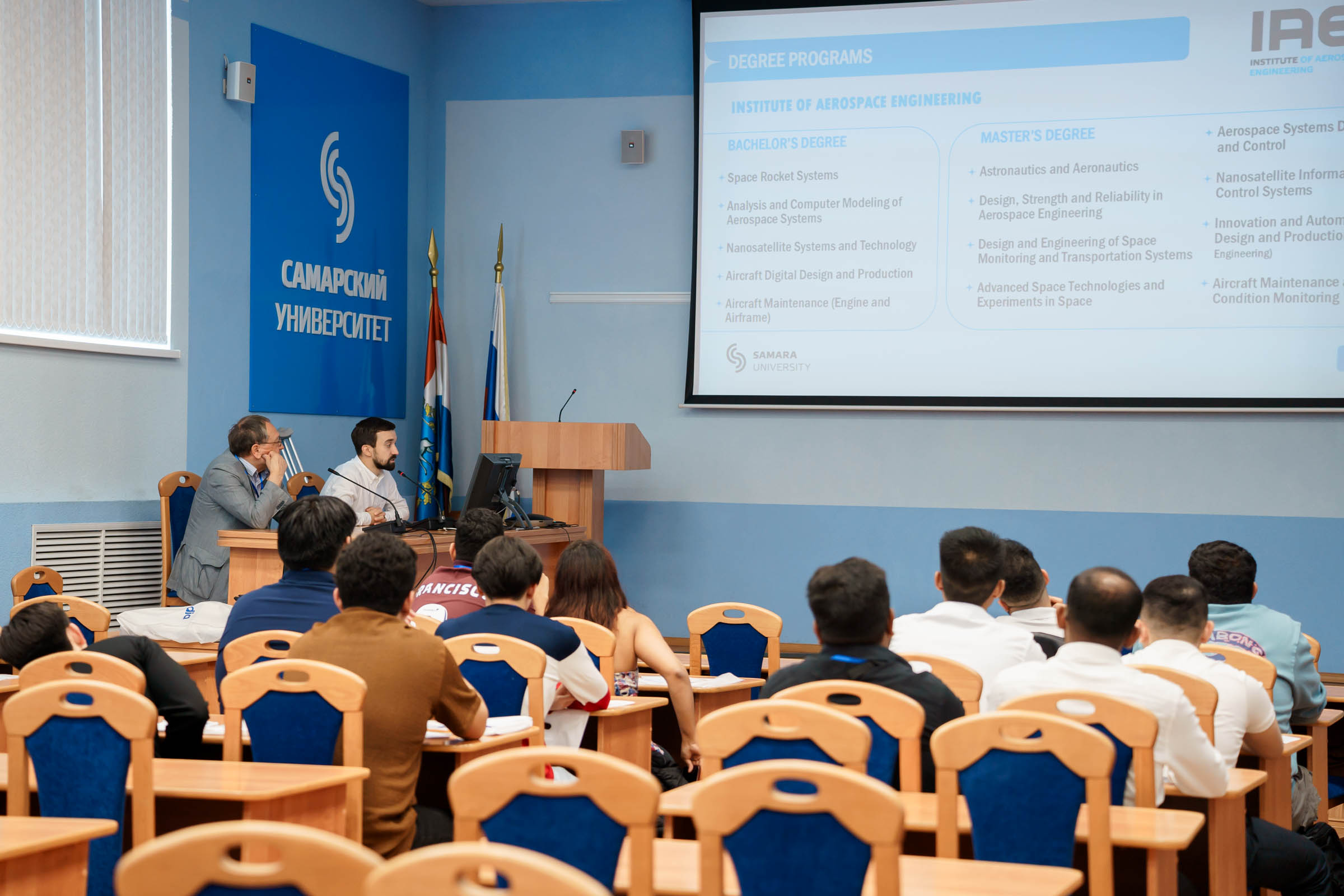On Monday, June 23, the 19th International Summer Space School “Advanced Space Technologies and Experiments in Outer Space” opened at Samara University.
“This year’s International Summer Space School is dedicated to three anniversaries of world astronautics at once: the 60th anniversary of Aleksey Leonov’s spacewalk celebrated in March; the 50th anniversary of the first ever joint flight of spacecrafts from two countries – the Soviet “Soyuz-19” spacecraft and the American “Apollo”, celebrated in July, as well as the 50th anniversary of obtaining the first images from the surface of Venus, transmitted in October 1975 by “Venera-9”, the Soviet automatic interplanetary station”, told Igor Belokonov, Head of Samara University’s Interuniversity Department of Space Research.
This year’s School was participated by international students from eight countries. During the two weeks of classes, they will listen to lectures from leading Russian scientists, gain practical skills in developing and building small spacecrafts, and defend their vision of promising scientific missions of nanosatellites, including those related to monitoring the ice situation in the Arctic and studying the hazards of lunar outer space, before the commission of experts.
Yoshio Wada, Director of the Moscow Office of JAXA, Japan’s Aerospace Exploration Agency, will also meet with the students of the School. He will tell students about particular features of launching nanosatellites from the Japanese experimental module “Kibo” (“Hope” in Japanese), the scientific orbital laboratory within the International Space Station.
According to Igor Belokonov, 45 international students from 12 countries submitted their applications for studying at this year’s Space School, but, for various reasons, only 19 people from eight countries – Brazil, Colombia, Egypt, India, Mexico, Myanmar, Pakistan and Peru – were able to come. The number of countries represented has slightly increased, compared to last year.
“The curriculum of the Space School includes most of the issues related to developing and making nanosatellites. The students of the Space School will have practical classes to be held at the Nanosatellite Flight Control Centre, the Nanosatellite Testing Centre, and the Centre for Nanosatellite Technologies of Samara University’s Interuniversity Department of Space Research. In the second week, the focus will be shifted to the team project work. Divided into teams, the students will fulfill a pre-project analysis of promising scientific missions of nanosatellites”, noted Igor Belokonov.
Among the themes of scientific missions, offered to the students for independent work, is applying nanosatellites for studying ultra-low orbits that are very promising in terms of remote sensing of the Earth. The students will also be involved in the project on using nanosatellites for monitoring the ice situation in the Arctic and the Antarctic. This is important for safe navigation and development of these regions. Another proposed project is exploring lunar outer space by using nanosatellites, that is, the outer space between the Earth and the Moon: this knowledge is important for the future exploration of the Moon.
“One of the missions is related to studying ultra-low orbits: these are altitudes of 200–250 km, and spacecrafts are actually not used there, because of significant resistance of the Earth’s residual atmosphere and other factors, such as, for example, the aggressive effects of atomic oxygen, which destroys the components of the satellite shell. Meanwhile these orbits are very promising for remote sensing of the Earth: from these low altitudes, it is possible to obtain ultra-detailed images of the Earth’s surface. However, for these orbits, it is necessary to change the design of satellites, adding them engines, for the purpose of overcoming the atmosphere resistance, and making more protected structural elements and solar panels. But, first, it is necessary to thoroughly explore the operating conditions of the spacecraft at these altitudes – the atmosphere composition and the other influencing factors. Research nanosatellites can help in this. It will be interesting to find out what the students will come up with”, said Igor Belokonov.
Dangerous factors also await space technology in ultra-high orbits, in the so-called lunar outer space.
“If countries are going to seriously explore the Moon, build bases on its surface, and extract resources, it will be required to establish safe transport links. To do this, at the first stage, it is necessary to create a monitoring system for the condition of the lunar outer space, for gaining information on the radiation situation, solar wind, and other important environmental parameters, that is, for knowing what the current “space weather” is on the way to the Moon. For nanosatellites that could be engaged in this monitoring, it will be necessary to provide additional protection for on-board systems, since there the working conditions for equipment are much more challenging, and it will also be required to consider how the satellite will need to be controlled at a great distance from the Earth”, emphasized Igor Belokonov.
For reference
The International Summer Space School “Advanced Space Technologies and Experiments in Outer Space” is organized by Samara University, with the aim of developing international cooperation and creating the unified educational space in the field of advanced space technologies. The School has been held since 2003, over which time it has become a powerful educational project allowing talented young people from various parts of the world to gain new knowledge and competencies in the field of space technologies and participate in the international teams’ project work. Over the years, more than 500 young people from 48 countries were trained at the School.
The School is supported by the Volga Region Branch of K.E. Tsiolkovsky Russian Academy of Cosmonautics, as well as the International Astronautical Federation (IAF), in which Samara University is a member.
Photo by: Olesya Orina
 RU
RU  EN
EN  CN
CN  ES
ES 